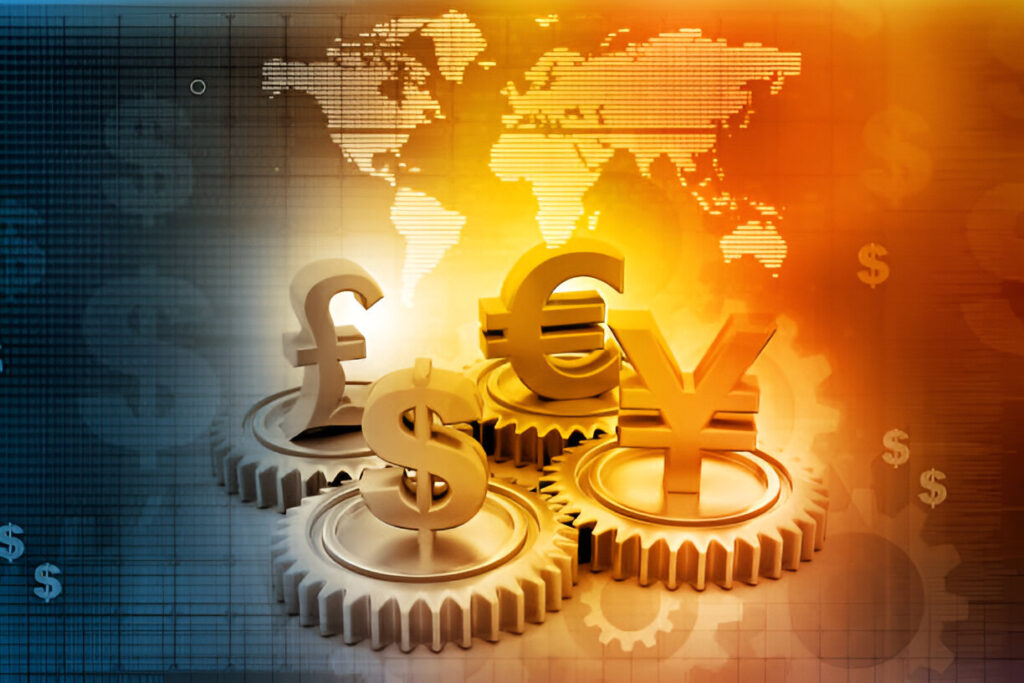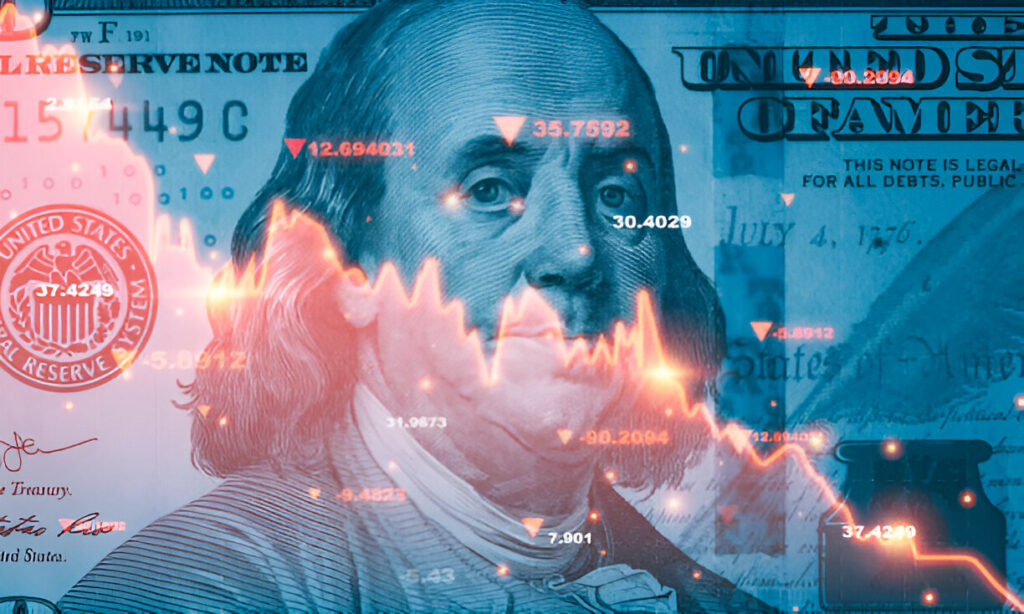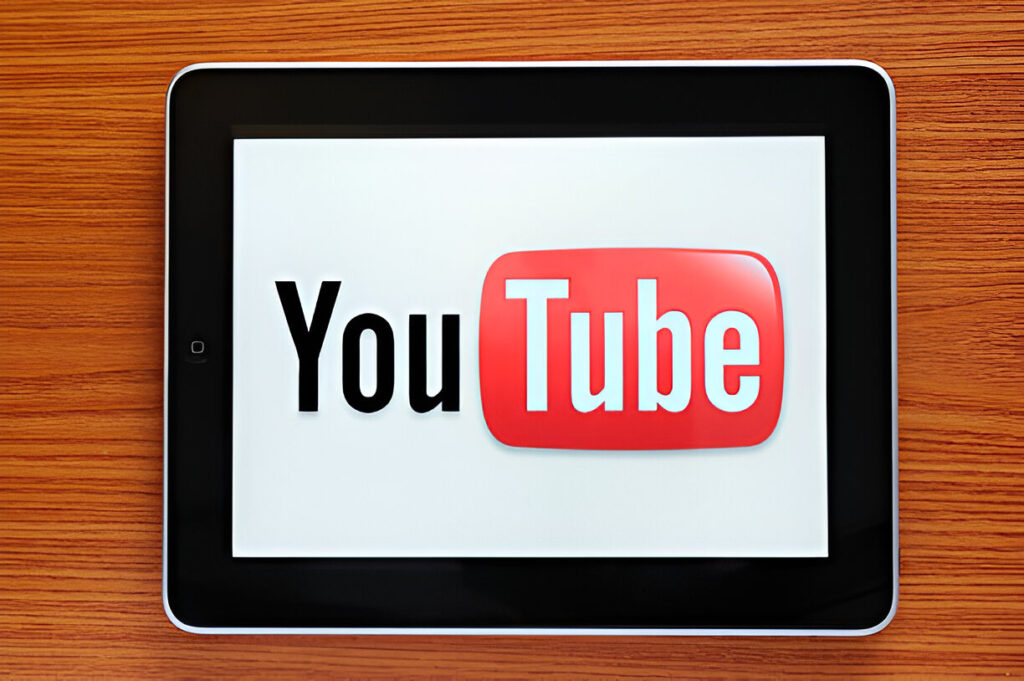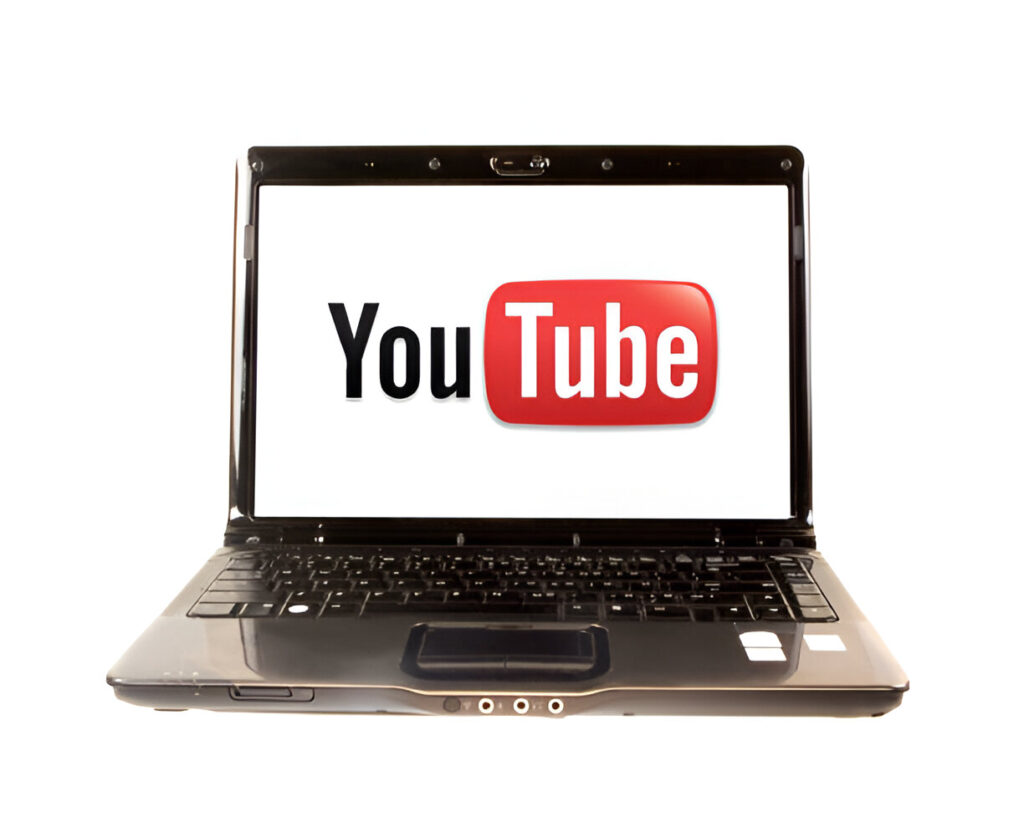Understanding the YouTube Ecosystem
YouTube has evolved from a simple video-sharing site into the second-largest search engine in the world and one of the most powerful income-generating platforms for creators. Billions of people visit YouTube every month to learn, entertain themselves, or find solutions to problems. This massive audience makes it possible for anyone with creativity, consistency, and strategy to turn their content into a business.



But making money on YouTube is not just about uploading random videos and waiting for views. It requires understanding how the platform works, what YouTube rewards, and how to align your content with multiple revenue streams. The creators who succeed are the ones who treat YouTube like both a creative outlet and a professional business.
Laying the Foundation for Monetization

Before income starts flowing, a channel needs a strong foundation. Building that foundation means deciding on a niche, creating consistent branding, and publishing valuable content. The goal in the beginning is not immediate money, but trust and an engaged audience.
When you select a niche, choose something that is both profitable and sustainable for you to create content around. Some niches naturally attract higher-paying advertisers, such as finance, technology, real estate, and health. Other niches may not have high ad rates but offer passionate audiences, such as gaming, beauty, or fitness. What matters most is that you balance profitability with passion. If you cannot consistently create content in your chosen niche, no income model will work.
Branding is equally important. A professional-looking channel with a clear logo, banner, and identity makes it easier to attract both viewers and sponsors. Think of your channel as a digital storefront. First impressions count, and the stronger your branding, the more seriously your channel will be taken.
Meeting the YouTube Partner Program Requirements

The first official step toward making money on YouTube is joining the YouTube Partner Program (YPP). To qualify, you need:
- At least 1,000 subscribers.
- At least 4,000 valid public watch hours in the past 12 months, or 10 million valid public Shorts views in the last 90 days.
Once you reach this milestone, you can apply through YouTube Studio. If accepted, you unlock monetization features such as AdSense ads, Super Chat, channel memberships, and the ability to earn from YouTube Premium subscribers who watch your content.
Reaching these numbers takes time, but it is achievable if you focus on consistency, engagement, and high-quality topics. Some creators hit the threshold in three months, while others take years. The timeline depends on your niche, strategy, and dedication.
How AdSense Revenue Works

The most common way creators earn is through YouTube ads. When you enable monetization, YouTube places ads before, during, or after your videos. Advertisers pay based on impressions (CPM — cost per thousand views) and clicks (CPC — cost per click).
Ad rates vary depending on niche, geography, and seasonality. For example, channels about finance, business, or technology often earn higher CPM rates, sometimes $10–$30 per 1,000 monetized views. Entertainment channels may earn far less, sometimes just $1–$3 per 1,000 views.
It’s important to remember that not all views generate ad revenue. YouTube only counts monetized views where ads were shown. Typically, around 40–60% of total views are monetized, depending on your audience’s region and ad availability.
This is why creators should never rely on ad revenue alone. While ads can form a solid income stream, building additional monetization sources ensures stability and higher earnings.
Channel Memberships and Super Features

Once monetization is enabled, YouTube allows creators to offer channel memberships. This feature lets subscribers pay a monthly fee for perks such as custom emojis, badges, or exclusive content. Memberships are especially powerful for creators with a loyal community. Even if you only have a few hundred fans, recurring memberships can generate consistent monthly income.
Other features like Super Chat and Super Stickers allow viewers to donate during live streams. Fans can highlight their messages or show support, and creators earn a share of the revenue. Similarly, Super Thanks lets viewers send a tip on regular videos. These features turn engagement into income by letting your most passionate supporters contribute directly.
YouTube Premium Revenue
YouTube Premium is a subscription service where users pay a monthly fee for an ad-free experience. As a creator, you still earn money when Premium subscribers watch your videos. YouTube distributes a portion of subscription fees to creators based on watch time. This revenue source is often overlooked, but for channels with long watch times, it can add up significantly.
Affiliate Marketing on YouTube
One of the most lucrative ways to make money is through affiliate marketing. Instead of relying on ads, you earn a commission by recommending products or services and linking them in your video description.
For example, a tech reviewer might recommend cameras and include affiliate links to Amazon. A fitness channel might promote supplements or workout gear. When viewers buy through your link, you earn a percentage of the sale.
Affiliate marketing works especially well in niches with high purchase intent. If your video solves a problem and offers a direct product solution, the chances of conversion are much higher. The best part is that affiliate revenue can exceed ad revenue by a large margin, even on smaller channels.
Brand Sponsorships and Influencer Deals

As your channel grows, companies may approach you for sponsorships. A brand sponsorship typically means a company pays you to mention, feature, or review their product. Unlike ad revenue, which is variable and depends on YouTube’s algorithm, sponsorships are direct deals and often pay much more per video.
Rates vary widely. A small creator with a few thousand subscribers may earn $200–$500 per sponsorship, while larger channels with hundreds of thousands of subscribers can command thousands of dollars per deal. The key is alignment. Brands want to work with creators whose audience matches their target customers.
To attract sponsorships, build a professional media kit with your channel stats, audience demographics, and past collaborations. You don’t have to wait for brands to find you—proactively reach out to companies in your niche.
Selling Your Own Products and Services
Many successful creators eventually move beyond ads and sponsorships by launching their own products. This could be physical merchandise, digital products, or even services.
Merchandise works well for creators with a strong identity. T-shirts, mugs, and hats with catchy slogans or designs connected to your channel can sell well to loyal fans. YouTube even integrates with merch providers, allowing you to showcase products directly below your videos.
Digital products such as e-books, courses, or templates can be even more profitable. They have low overhead and can be sold globally. For example, an educational channel might sell a premium course, while a photography channel could offer presets or editing tutorials.
Services are another option. A creator skilled in consulting, coaching, or freelancing can use YouTube as a marketing platform. Videos attract clients, and income comes from providing high-value personalized services.
Crowdfunding and Patreon
Some creators turn to crowdfunding platforms like Patreon, Ko-fi, or Buy Me a Coffee. These platforms allow fans to support creators directly with monthly pledges or one-time tips. Patreon is especially popular among creators who produce exclusive content such as behind-the-scenes videos, podcasts, or tutorials.
The advantage of crowdfunding is independence. Instead of relying on advertisers, you build financial stability directly from your audience. Many creators combine Patreon with YouTube memberships to maximize support.
Diversifying Revenue Streams
The most successful YouTubers do not depend on one income source. They combine multiple streams: ads, sponsorships, affiliates, memberships, merchandise, and services. Diversification ensures that if one revenue source drops—such as ad revenue during an economic downturn—others can compensate.
For example, a fitness creator might earn from YouTube ads, affiliate commissions on supplements, sponsorships from sports brands, and sales of their own workout program. Each source contributes differently, but together they create a sustainable income.
Building an Audience That Converts

No monetization strategy works without an audience. Viewers are the foundation of all income streams. This is why creators must focus on building trust, delivering value, and engaging consistently.
Focus on quality content. Poorly edited or confusing videos drive people away. Pay attention to viewer feedback in the comments and analytics. If people are dropping off early, improve your hooks and storytelling.
Consistency builds habit. When viewers know you upload weekly or on a set schedule, they are more likely to return and eventually subscribe. Returning viewers are the most valuable because they are more likely to buy, join memberships, or support you financially.
Community engagement is another secret weapon. Reply to comments, create polls, and ask for feedback. Make your viewers feel seen and valued. An engaged community is far more likely to support you financially compared to a passive audience.
Long-Term Growth and Business Mindset
YouTube income is rarely instant. It often takes months or years before consistent money flows in. This is why patience and persistence matter. Many creators quit too early because they expect quick results.
Treat your channel like a business. Keep track of income and expenses. Invest in better equipment as your channel grows. Learn about taxes and financial planning, since YouTube income is self-employment income in most countries.
Think about scaling. As your channel expands, you may need a team—an editor, graphic designer, or manager. Outsourcing some tasks allows you to focus on creativity and strategy while maintaining quality.
The Power of Evergreen Content
When planning monetization, remember the value of evergreen content—videos that remain relevant for years. A tutorial on “how to tie a tie” or “how to use Excel formulas” may earn ad revenue consistently for a decade.
Evergreen videos create a passive income engine. Instead of depending only on new uploads, you build a library that continues to earn while you sleep. Combine evergreen with trending topics for both stability and spikes in views.
Common Mistakes That Hurt Monetization
Many creators fail to earn because they make critical mistakes. Uploading copyrighted music without permission can get a video demonetized. Misleading titles or clickbait thumbnails can hurt retention and limit reach. Relying only on ads creates fragile income.
Other mistakes include irregular posting schedules, ignoring analytics, or failing to diversify revenue streams. The solution is to treat YouTube professionally: plan, execute, measure, and adapt.
Turning Passion into Profit
Making money on YouTube is possible for anyone willing to commit. It is not just about posting videos—it is about building an ecosystem. Ads, memberships, sponsorships, affiliate marketing, and product sales all combine to create opportunities.
But beyond the strategies, the foundation of monetization is value and trust. When you create videos that genuinely help, entertain, or inspire your audience, income becomes a natural outcome.
YouTube rewards consistency, creativity, and authenticity. If you focus on these, and build multiple income streams, your channel can transform from a hobby into a career and eventually into a full-fledged business.

